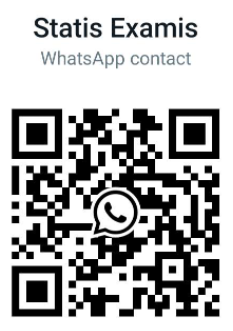Navigation » List of Schools » Glendale Community College » Economics » Econ 102 – Principles of Macroeconomics » Winter 2023 » Week 4 Reading Quiz Chs. 12 and 13
Question #1
A The government should set up and regulate wages and unions, and set price floors and ceilings for specific fundamental goods.
B The government should implement the COLA to improve the economy
C The government should keep inflation low and maintain low tax levels over the long run.
D The government should increase production output through regulating sales of resources and strictly monitor exports and imports.
Question #2
A supply; long-run
B demand; long-run
C demand; short-run.
D supply; short-run.
Question #3
A The quantity of output that the economy can produce when it is at full employment of its labor and physical capital.
B The quantity of output that the economy can produce when it is above the natural rate of unemployment.
C The macro equilibrium
D The quantity of output that the economy can produce when it is at less than potential employment of its resources.
Question #4
A Downward sloping
B Horizontal
C Upward sloping
D Vertical
Question #5
A Inflation
B Quantity of output
C Prices
D Wages
Question #6
A long-run determinants of output and employment
B Intermediate aspects of taxes and spending
C Short-term fluctuations caused by technological change and labor force growth
D Immediate determinants like changes in hiring and firing
Question #7
A Unemployment will never happen
B All goods supplied will be demanded at an unchanged price.
C Cyclical Unemployment might occur temporarily
Question #8
A Wages would increase, and the economy would return to its long-term growth trend.
B Prices would decrease, and the economy would return to its long-term growth trend.
C Investment and government demand would increase, and the economy would return to its long-term growth trend
D Prices would increase, and the economy would return to its long-term growth trend.
Question #9
A Downward pressure on the price level.
B A decline in the level of output
C A rise in the level of output.
D An increase in the aggregate price level.
Question #10
A It reduces aggregate output.
B it will raise unemployment.
C flexible prices will eventually choke off any increase in aggregate demand.
D it will dis-incentivize production.
Question #11
A decrease in spending by government on health care
B an increase in military spending
C a decrease in military spending
D increase in spending by the government on health care
Question #12
A 3.6
B 36
C 42
D 16.66
Question #13
A is producing at its equilibrium point.
B is producing at a point where output is less than potential GDP.
C is producing at a point where output is more than potential GDP.
D is producing at its potential GDP.
Question #14
A 3.37
B 9.89
C 5.23
D 3.59
Question #15
A a decrease in interest rates
B a decrease in a major trading partners export prices
C an increase in domestic investment
D a major trading partner’s economic slowdown
Question #16
A depression
B coordinated wage reductions
C natural rate of unemployment
D excess supply
Question #17
A labor supply shifts to the left, if wages are flexible.
B labor demand shifts to the left, if wages are flexible.
C labor supply shifts to the right, if wages are flexible.
D labor demand shifts to the right, if wages are flexible.
Question #18
A labor supply shifts to the right, if wages are flexible,
B labor supply shifts to the left, if wages are flexible.
C labor demand shifts to the right, if wages are flexible.
D labor demand shifts to the left, if wages are flexible.
Question #19
A an increase in government spending will cause the aggregate demand curve to shift to the left.
B prices and wages are sticky and do not adjust rapidly.
C an increase in government spending will cause the aggregate demand curve to shift to the left.
D people can afford a high level of government services.




